a Mobile Cloud model. He says that it's "Technology that disrupts and bridges to the mobile cloud". Strategically aligned businesses, each are focused and free to execute individually or together. The Federation provides customer solutions and choice for the software-defined enterprise and the emerging “3rd platform” of mobile, cloud, big data and social, transformed by billions of users and millions of apps and according to CEO David Goulden, the common vision is "To move from the 2nd platform to the 3rd". Each company plays a significant role in that vision. This federation offers 5 areas of value:
The idea behind Federation Solutions is simple: shorten time-to-value and reduce implementation risk for these big enterprise IT agenda items.
0 Comments
VCE provides Pre-integrated, Pre-tested and Pre-validated Vblock Systems. What the heck is VCE and what exactly does this mean to be pre-integrated, pre-tested and pre-validated? Lets start with a little background on VCE and who they are and more importantly why you should be paying attention to them. Formed by Cisco, EMC, and investments from VMware and Intel. VCE (VMware/Cisco/EMC) is the industry leader in hyper-converged infrastructure solutions or as it is known in the industry as "Converged Infrastructure" and according to the new Gartner study for 2014, VCE finds itself situated in the MAGIC quadrant. Estimations for this market, which includes single-vendor and multi-vendor converged infrastructures and hyper-converged infrastructures, will grow more than 50 percent in 2014 over 2013 to reach $6 billion.
Going back to the tittle of this blog and mentioned above, VCE is providing the Ps with the VCE. Lets take a look at each one of these. Pre-integrated sure sounds interesting but what does that mean? VCE first performs an analysis of your current environment which includes collaborative planning and design verification to determine the design information that will be used to perform the pre-integration work. They will then perform all the pre-integration tasks, that are normally performed by your IT staff or possibly even you, to integrate the VCE into existing infrastructure like Active Directory, IPs, SAN Configuration, etc. If you have ever done the work to prepare a datacenter for a new infrastructure project like this, you know the tremendous amount of work that must be performed, from running the cabling to pre-configuration switch work for both network and SAN, insuring correct power, to interoperability matrix, etc. The service of pre-integration can be extremely accommodating when working with tight project driven deadlines and translates to a plug-in-play model that can be rolled into your current datacenter and plugged. Pre-tested also is something that sounds good but what exactly is tested? Well, once the pre-integration is complete, VCE will test the stack, from the hardware layer through to the software layer. Testing to make sure that your SAN is able to handle to appropriate amount of IOPS you called for in your design, testing that the network is configured properly to insuring that the hundreds of components are functioning properly. That is a lot of testing that again can save countless hours in work usually designated to the IT Staff. Pre-Validated means that VCE will validate the design and validate that the company objectives are met.
This means that you can have confidence in the solution that VCE is providing to you. The end result is that processes used to build a custom system on site are far more complex, far less reliable and far more expensive. In my opinion, VCE is Best of Breed with Single Point of Support. That means best of breed technology and one vendor to contact for support and that will save IT a lot of finger pointing and headaches. Microsoft is finally realizing the future and is coming out to support that by changing its desktop licensing model to support it. You can see that here.
With the growing need to migrate from Windows XP and offer more flexibility, customers will now feel confident that they can explore the growing variety of options available to them, be it cloud apps, virtualization, DaaS, clones and other delivery methods, to create their next generation workspaces. |
RecognitionCategories
All
Archives
June 2024
|
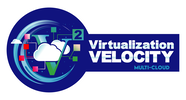

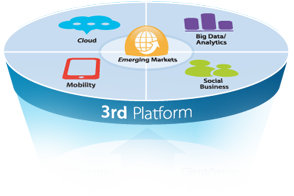
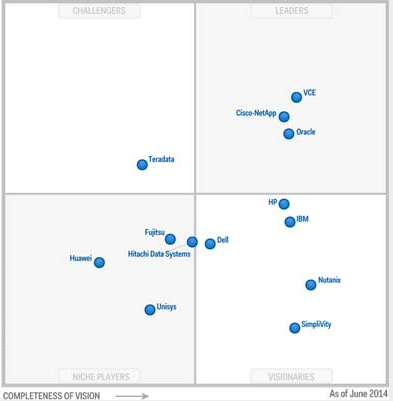


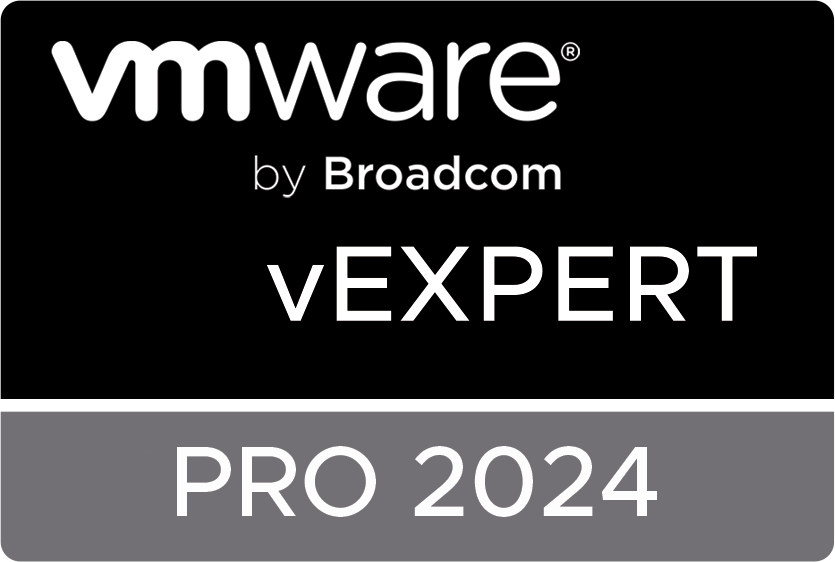
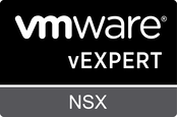
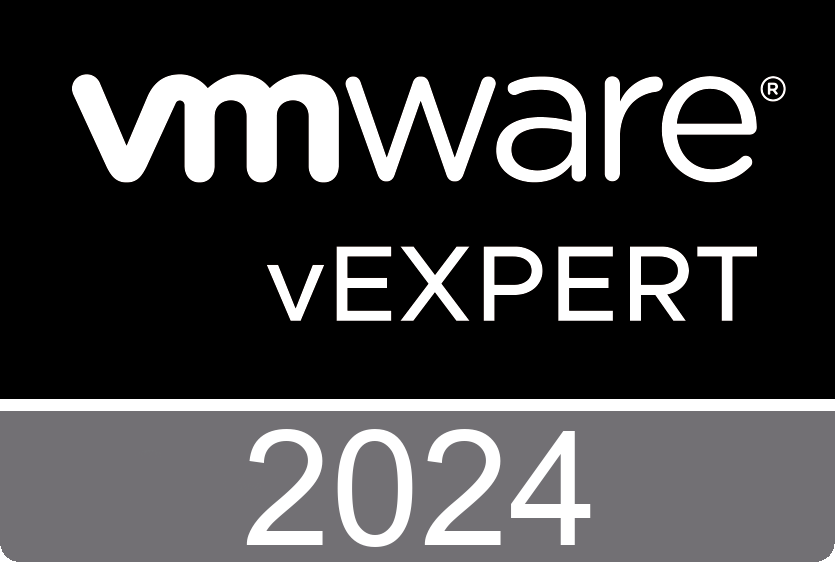
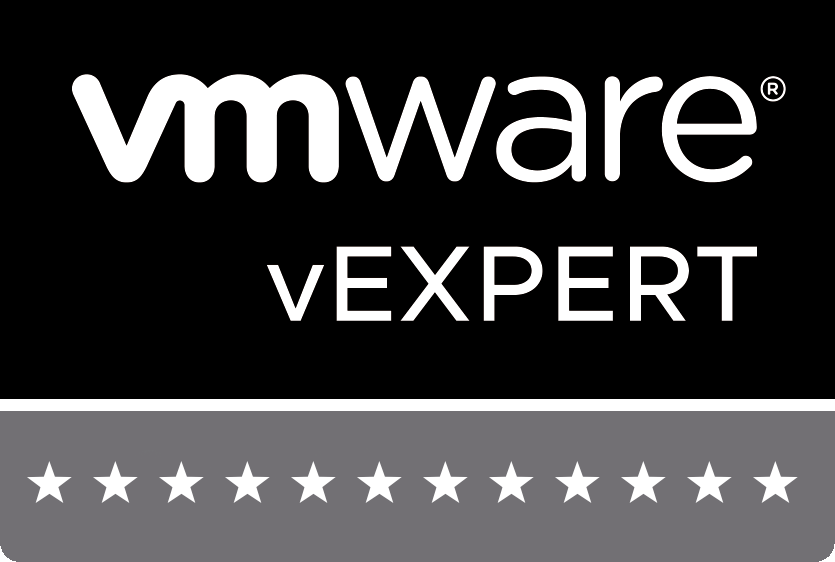
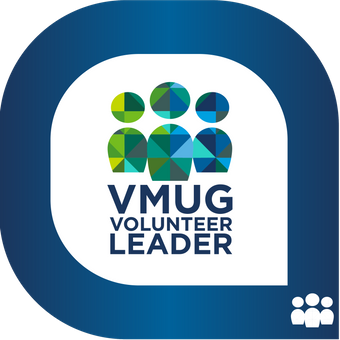
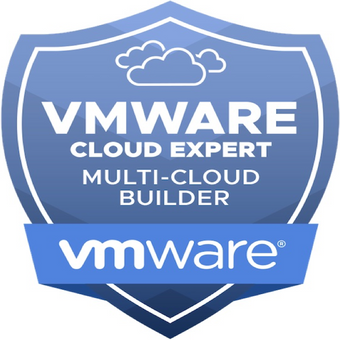
 RSS Feed
RSS Feed